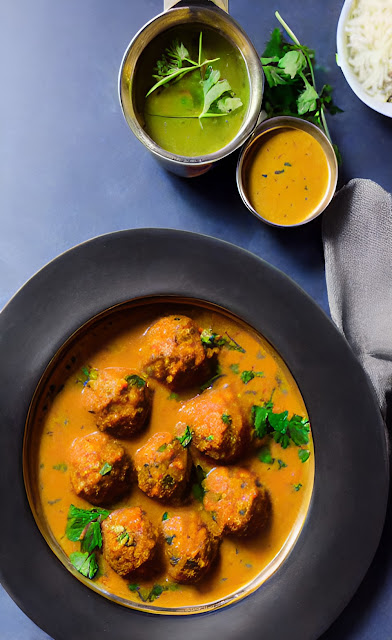Bebinca
Bebinca is a very popular dessert from the state of Goa in India, but it is also enjoyed in Portugal, the Philippines, and Mozambique. Goa is an Indian state that until the early 1960s belonged to Portugal. In fact, the square was conquered by Admiral Albuquerque in the 16th century to consolidate the monopoly that the Portuguese intended to exercise over the spice trade. Since then, and for three centuries, Goa was the capital of the Portuguese Asian Viceroyalty, with responsibilities in all colonies, plazas, and forts that the Iberian country had on the continent, from Macau to Ormuz.
The inhabitants of the area were forced to convert to Catholicism, and those who refused, mainly Hindus and Muslims, went into exile. The Indians who remained in the area were baptized with Portuguese names (Saldanha, Nunes, etc.) and began to speak a Portuguese creole language widely used in the area today but relatively incomprehensible to the average Portuguese speaker, as with other creole languages like Chabacano in the Philippines or Chamorro in Guam for Spanish.
Therefore, it is not surprising that recipes traveled from port to port of Portuguese commerce, reaching the most remote places. Thus, in Macau and even in China, pastéis de nata or de Belém are consumed regularly, and the same happens with Bebinca, which traveled in the opposite direction until it became popular in the metropolis.
Bebinca is a pudding made with coconut milk, flour, and ghee, very easy to make. It happens that it is traditional to make it by superimposing layers of pudding, which implies that after cooking the first layer, a new one must be added, and so on. It is customary to cook it in the oven with a minimum of 7 and a maximum of 16 layers, which can take up to 2 or 3 hours to complete. The fact of stacking layers does not influence the flavor, so if you want to save yourself the trouble and make something quick with one layer, it will be more than enough.
INGREDIENTS
- 1 cup (250 ml) coconut milk*
- 1 cup (200 g) sugar
- 6 egg yolks
- 1 ½ cups (180 grams) all-purpose flour
- ½ cup (100 ml) ghee at room temperature**
- 1 tablespoon ground nutmeg
- 1 teaspoon ground cardamom
- A pinch of salt
* Can be found in any supermarket, although it is worth clarifying that it is not coconut water - many people get confused - but the result of squeezing the white pulp inside the coconut, with a similar appearance to cow's milk.
** Ghee is commonly used in Indian cuisine. It is clarified butter. To make clarified butter, simply melt butter at low temperature. The top layer is removed by decantation, recovering only the next one, similar to a thick oil. The last layer, which touches the bottom of the pan and has a whitish appearance, is also discarded.
Preheat the oven to 350 degrees Fahrenheit (180 degrees Celsius).
In a bowl, mix the coconut milk and sugar, making sure the sugar dissolves completely. Then, add the egg yolks one at a time, whisking with a whisk to mix well, not adding the next one until the previous one has been fully integrated. When the liquid is homogeneous, add the sifted flour to avoid lumps, a tablespoon of ghee, and a pinch of salt. Beat well - now it would be good to use an electric mixer - until you get a smooth batter.
Grease a round or rectangular mold with some ghee, the type used for making puddings. Pour half a cup (100 ml) of batter into the mold and bake for exactly 25 minutes.
After the time has elapsed, and if we want to make more layers, we take it out of the oven. Paint the surface of the already baked batter with ghee and sprinkle with ground cardamom. Pour another half cup (100 ml) of batter and bake again for 15 minutes (meaning the first layer will have already baked for 40 minutes).
After those 15 minutes, we proceed to repeat the operation, and so on until we finish the batter. The last layer is made with ghee and instead of cardamom, nutmeg. It is also baked for 20 minutes instead of 15. So, it's easy to calculate that with the 16 mandatory layers, it will take 4 hours and 15 minutes to have Bebinca ready. However, with 7 layers, 2 hours will be more than enough (and with just two layers, 45 minutes, of course).
The Bebinca should be left to cool at room temperature before carefully unmolding it by tapping the back of the mold. It can be served warm or cold, sliced into portions and generally accompanied by ice cream.
Besides being a dessert with a very surprising appearance, you will love the flavor.




Comments